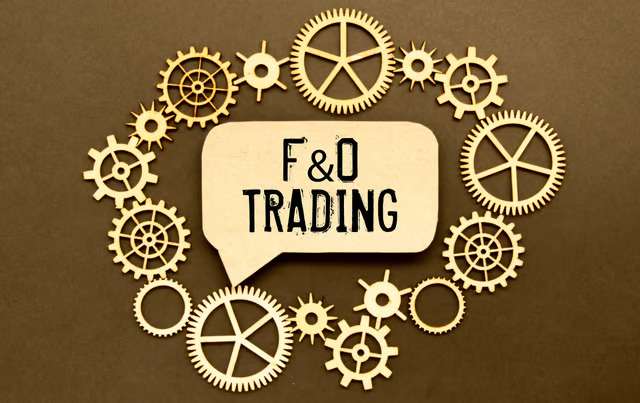F&O (Futures and Options) trading is a segment of the stock market where traders buy and sell derivative contracts. Unlike trading in stocks, which involves buying and selling shares of a company, F&O trading involves contracts that derive their value from an underlying asset like stocks, indices, commodities, currencies, etc.

Here’s a breakdown of futures and options:
1. Futures Contracts:
A futures contract is an agreement to buy or sell an asset at a future date for a predetermined price.
- Buyer’s Obligation: The buyer is obliged to purchase the asset at the agreed-upon price, regardless of the market price on the expiration date.
- Seller’s Obligation: The seller is obliged to sell the asset at the agreed-upon price.
- Leverage: Futures trading typically involves leverage, meaning traders can control a large position with a relatively small margin (deposit).
2. Options Contracts:
Options give the buyer the right, but not the obligation, to buy (in a call option) or sell (in a put option) an asset at a specified price before or on the expiration date.
- Call Option: Gives the buyer the right to purchase the asset at the strike price.
- Put Option: Gives the buyer the right to sell the asset at the strike price.
- Premium: To buy an option, the buyer pays a premium to the seller (option writer). This is the price for holding that right.
- Leverage and Risk: Options provide leverage with limited risk to the buyer (the maximum loss is the premium paid). However, the risk for the seller of an option can be unlimited.
Key Features of F&O Trading:
- Leverage: You can trade large positions with a relatively small amount of capital.
- Speculation and Hedging: F&O can be used to speculate on price movements or hedge existing positions against risk.
- High Risk/Reward: F&O trading can offer substantial rewards but also involves significant risk due to the leveraged nature of the contracts.
- Expiration Date: F&O contracts come with an expiration date, after which they are either settled or become void.
Example of Futures Trading:
Suppose a trader believes the price of a stock will rise in the future. They can enter a futures contract to buy the stock at a fixed price in the future. If the price rises, they benefit by buying it cheaper than the market price on that date.
Example of Options Trading:
If a trader expects a stock price to go up, they may purchase a call option to buy the stock at a set price. If the price goes up, they can exercise the option and buy the stock at a lower price than the market.
Risks Involved:
- Market Risk: Significant price fluctuations can lead to losses, especially if you’re using leverage.
- Time Decay (Options): As the expiration date approaches, options lose value, known as time decay.
- Margin Calls (Futures): With leveraged positions, a market move against you can trigger margin calls, requiring you to add more funds to maintain your position.

